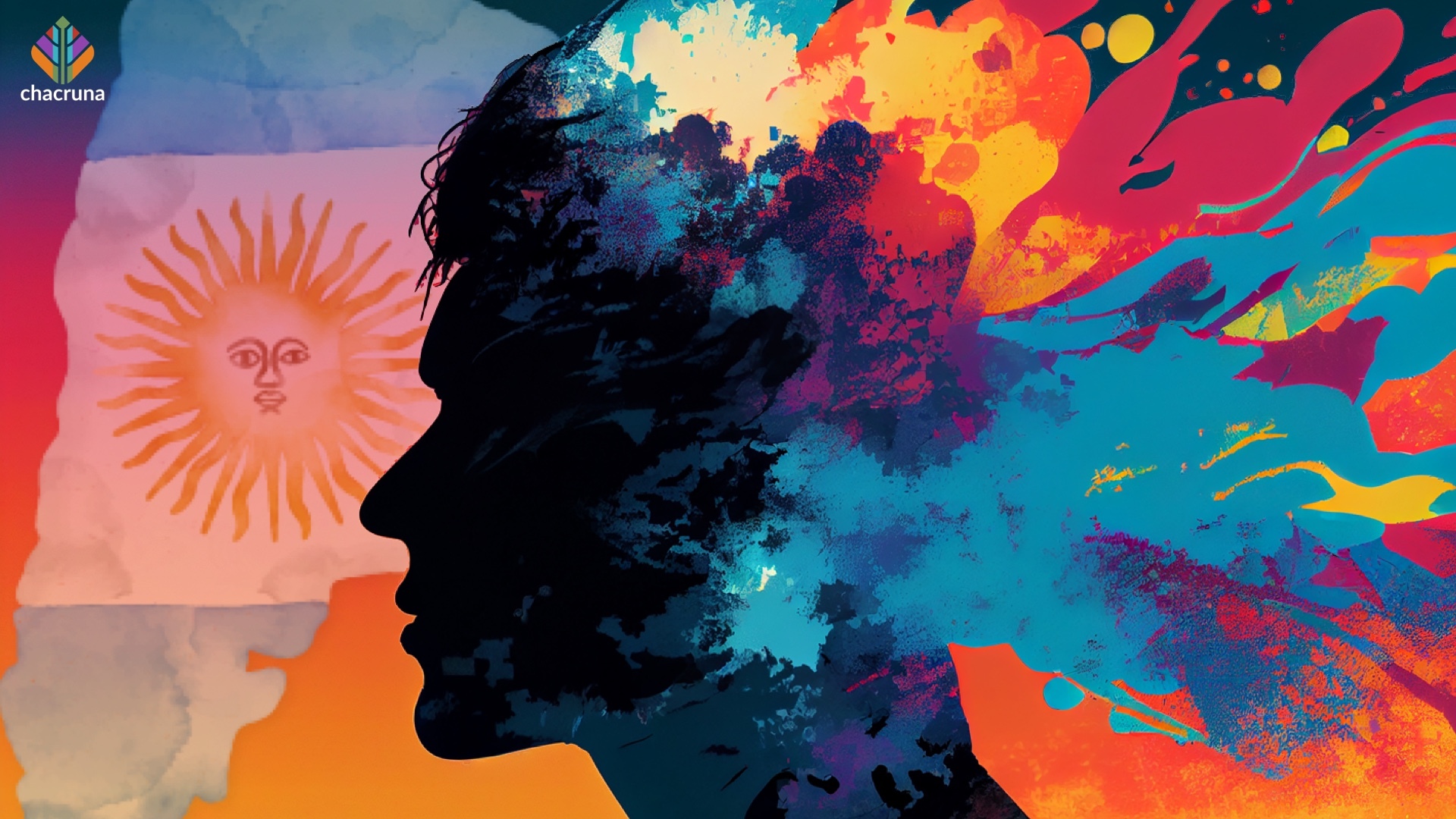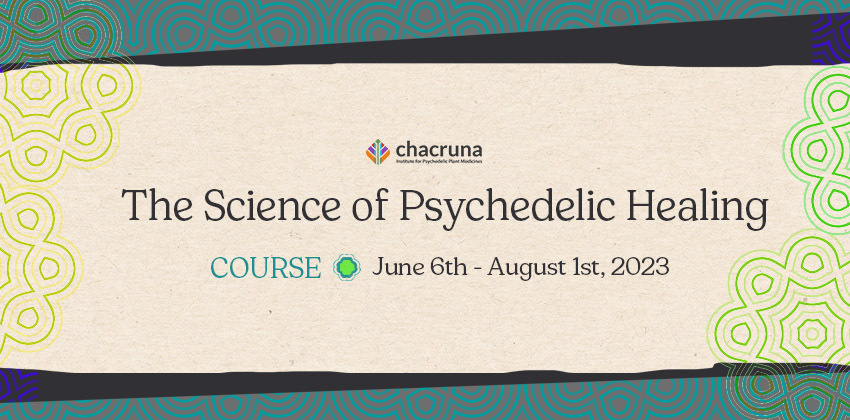Luisa Rebeca Gambier de Álvarez de Toledo
(1915-1990)
As we have already seen on many occasions in this series of articles on the history of women and psychedelics, women therapists were important forces in the 1950s and 1970s in improving the management of patients under the influence of these substances.
This article will study the work of one of these pioneers, the Argentine physician and psychoanalyst Luisa Agusta Rebeca Gambier de Álvarez de Toledo. Born in 1915 in the province of Buenos Aires, she became interested in psychoanalytic theory during her medical studies. In the early 1950s, she worked in the first psychoanalytic institution in Argentina, the Hospicio de la Mercedes. Two psychoanalysts who knew her tell us:
“Each one of us who had an intimate analytic relationship with her realized that Rebe [this was Álvarez de ToledO’S nickname] was capable of expressing, through her analytic work, a tremendous wisdom that one gets through a long life of experience. She was capable of exploring the unknown with courage.”1
Sheila Navarro de Lopez and Federico Flegenheimer, The Pioneers of Psychoanalysis in South America, p. 242.
She insisted on the need to create an intimate relationship with her patients, to form a “couple” that could overcome cultural and historical differences, which were particularly strong in Argentina at the time as we will see. In her clinic, she worked in a spirit of sharing and intellectual exchange among therapists, seeking to foster the curiosity of her transgenerational and multi-inspired team members. The clinic, directed by the famous psychiatrist Enrique Pichon-Rivière, has trained several generations of psychoanalysts who have become essential figures in the Argentine intellectual landscape in which Freud’s thought, but also the French and British schools of psychoanalysis and philosophy were discussed. She herself was significantly influenced by Melanie Klein and her disciples. Her most important and most cited work was published in 1954: “Analisis del asociar, del interpretar y de las palabras.” It focuses in particular on the emotions felt by therapists in relation to their patients during sessions. This essay is considered a classic of psychoanalytic literature: the Dictionnaire international de la psychanalyse (International Dictionary of Psychoanalysis) states that this text “exerted a lasting influence on the evolution of our science.”2 In 1955, she published a long article on the use of music in psychotherapy.
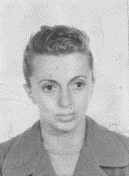
Since the beginning of the Spanish Civil War in 1936, Argentina has experienced an important cultural upheaval, as many European intellectuals, artists, doctors, and scholars have fled the conflicts and taken refuge in the country. This process increased with the Second World War, as people were now fleeing the Nazi regime. Several renowned psychoanalysts emigrated in the country at the end of the 1930s, leading to the foundation of the Argentine Psychoanalytical Association in 1942. Although Álvarez de Toledo did not participate directly in its creation, she was close to its members from the beginning and was elected associate member in 1946. Psychoanalysis was very popular in the country at that time, as middle-class access to university education grew. The discipline was seen as a bulwark against obscurantism and a sign of an enlightened society, proclaiming the “ideals of modernity and sexual liberation.”3 At the end of the war, when Peron came to power and established an authoritarian regime, the defenders of psychoanalysis appeared as resistance fighters. Psychoanalytic theories were incorporated into all the disciplines taught at the university in the 1950s. It was in this climate of disobedience and protest that Álvarez de Toledo became president of the Argentine Psychoanalytical Association (APA) between 1956 and 1957. She became the first woman to hold this position. In the photo below you can see her surrounded by members of the association. Between 1955 and 1958 she also contributed to the creation of the Asociación Psicoanalítica del Uruguay.
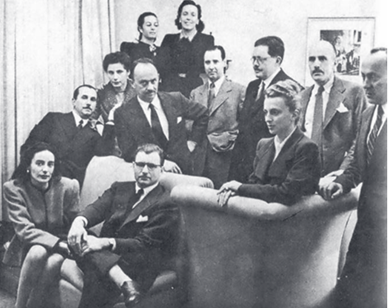
As soon as she became president of the APA, she organized a working group to experiment with LSD. Two other therapists, Alberto Fontana and Francisco Pérez Morales, accompanied her in this research. By the time she began her experiments with LSD, she was internationally recognized and her method was well-established. In order to carry out her experiments, she was accompanied by a member of Sandoz who provided her with LSD and the documentation already produced on the substance. She was not the first in Argentina to study the therapeutic potential of LSD: in 1956, the psychiatrist Alberto Tallaferro had already published a book in which he presented 1,117 sessions with LSD and/or mescaline in 63 people. He accompanied the team in their first experiments.
By the time she began her experiments with LSD, Álvarez de Toledo was internationally recognized and her method was well-established.
Between 1957 and 1960, she published four articles on the use of LSD to accompany psychoanalysis. As always at the time, therapists began by self-experimenting with the substance, but also with mescaline, before they started administering them to their patients. They also shared their personal experiences with these drugs in their papers as a means to deepen the scientific knowledge of their effects. According to her, these products made it possible to produce an artificial regression, which was not intended to shorten the therapeutic process but to deepen it. From the first presentation of these experiments to the members of the APA, in 1957, Álvarez de Toledo declared that during the sessions she used elements that did not normally intervene in a psychoanalysis session: music and food. The benefits of these two elements were highlighted by the team members’ self-experiments. The therapist noted, “The offer of food is experienced as an additional and unexpected gratification and as a concrete demonstration of affection and devotion.” She strongly discouraged leaving patients alone and insisted that the therapist create a strong connection with the patient.
Join us for our Ayahuasca Healing, Science and Indigenous Knowledge course, May 22 – August 21, 2023
She was also interested in the benefits of group sessions, during which “defense mechanisms are expressed more dramatically.” In addition, she felt that the group situation allowed for the appearance of phenomena related to the collective unconscious, which were more difficult to observe in individual sessions. The therapist recommended that two people lead these sessions in order to be able to continue working with the other members in the event that one of the patients began to exhibit “generalized psychopathic behaviour,” requiring him or her to be taken out of the room for a while in order to channel him or her. The therapist described these as the most difficult situations to deal with but explained that they were rare and not too serious when two therapists were available to divide the workload, and when they knew their patients well.
In 1960, after three years of work with LSD, she was working with twelve groups of patients, for a total of nearly 100 patients under analysis. She concluded that group psychotherapy combined with LSD was a “really effective” method.
She was also interested in the traditional uses of psychedelic substances, and, in 1959, she went to the Amazon jungle to experiment with ayahuasca among curanderos, at a time when the preparation was of little interest to the Western scientific and medical world. In 1960, she published one of the very first scientific articles on the subject, in a process that was both anthropological—in order to document practices that were still poorly known—and at the same time seeking to evaluate the therapeutic value of the substance. After having thoroughly researched the uses and the meaning given to the experience by the curandero, she learned and described “how to behave” during the experience.
She was interested in the traditional uses of psychedelic substances, and, in 1959, she went to the Amazon jungle to experiment with ayahuasca among curanderos, at a time when the preparation was of little interest to the Western scientific and medical world.
She then carried out two experiments with two different curanderos in order to study various ways of proceeding. According to her, the second time was more interesting. The first time the mixture was mixed with gasoline and the session took place in a very small, dirty room, too close to the village and therefore noisy. The second experience was held in the jungle. The curandero gave her some of the remaining liquid so that she could take it home and have it analyzed. “They considered me a colleague and did not accept any payment,” she commented. This time, Álvarez de Toledo asked to be included in a group of people from the area who were also to receive the substance, “so that [she] could observe, as far as possible, the usual course of these group sessions.” These experiences were an opportunity to improve her own practice through the example of these therapists with ancestral knowledge.
Like the first time, she did not feel nausea, although this time “the Master” himself, as she called him, began to vomit, “as an invitation to others.” In her personal experience, “vomiting and diarrhea are usually related to the fear of the unknown, to the experience itself.” So she was concerned that the curandero might vomit in this way, but the others in attendance reassured her. Then, suddenly, the nausea came, and she tried to vomit without anything coming out of her stomach. It was at this point that the trance completely overwhelmed her, under the influence of the chants around her.
“The voices turned into birds, at first motionless, circling around me, then they flew rapidly. Suddenly, I went from the horrible to the wonderful. I was part of a circle of etheric beings that were rising and merging, transforming into a central ascending light.”
As the effects began to wear off, the curandero proposed to return to the village. Álvarez de Toledo made a great effort to get up.
“With a typical drunken gait, I walked back with my companions. I then had marvelous hallucinations, a great number of lights appeared, moved and went out around me. The earth, the plants, me, were emitting bluish waves that were spreading away from the earth. I was overcome by a deep euphoria in front of such beauty. Surrounded by a fabulous night, I walked among the lights and waves, uncertain, on a very soft earth.”
Once the effects were over, she reviewed the sessions:
“Although I am satisfied with the experience, I find that the observation of its effects and the effects themselves were disturbed by the way it was conducted and the defense mechanisms I brought into play in relation to the circumstances.”
She regretted: “my lack of knowledge of the language used in the rituals prevented me from better understanding the possibilities, means, and psychotherapeutic actions of the masters.”
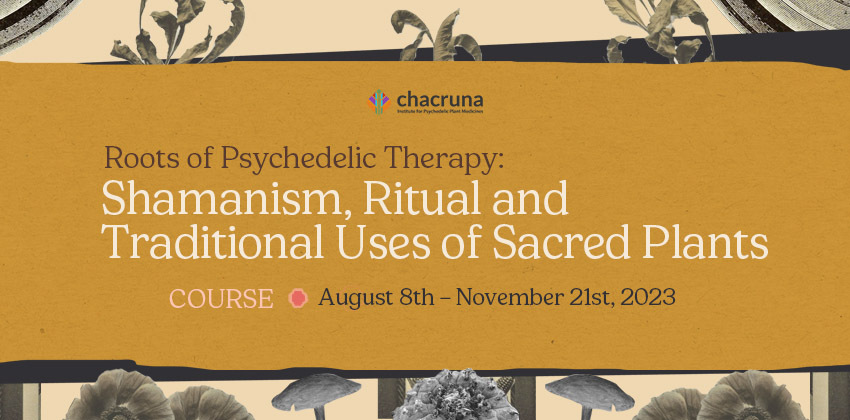
Join us for our Roots of Psychedelic Therapy: Shamanism, Ritual and Traditional Used of Sacred Plants course, August 8th – November 21st, 2023
Despite her innovative research and thinking, the therapist was soon prevented from continuing her practice. In the early 1960s, a split was taking place within the APA. Orthodox psychoanalysts disapproved of the use of psychotropic drugs to practice analysis, in an effort to distinguish the profession from psychiatry. These tensions led to the dismissal of Álvarez de Toledo and the resignation of the two psychoanalysts who worked with her, Francisco Pérez Morales and Alberto Fontana, in 1961.4 In the wake of these dismissals, the Argentine journal of psychoanalysis published an article condemning the use of psychotropic substances of any kind in order to carry out psychoanalytic sessions: “deviations linked to the use of drugs (LSD, mescaline, Benzedrine, tranquilizers, cortisone, etc.), or to other techniques that change the way the patient’s mind works […] should not be considered psychoanalytic treatment regardless of who carries out such treatments.”5
Álvarez de Toledo seems to have been deeply marked by this painful experience. After this affair, she stopped publishing scientific articles and distanced herself from the APA. The rest of her career is not known. The International Dictionary of Psychoanalysis states that she “worked to provide analytical space for many colleagues in the institution.” Apart from her article on ayahuasca, which is more anthropological, none of her articles on her therapeutic use of LSD appear in most bibliographies devoted to her.
I would like to thank the historian Hernán Scholten for his valuable help in obtaining the articles published by Luisa Rebeca Gambier de Álvarez de Toledo, as well as for his explanations about the Argentine context of the time.
Art by Luana Lourenço.
Join us for our The Science of Psychedelic Healing course, June 6th – August 1st, 2023
Notes
1 Sheila Navarro de Lopez and Federico Flegenheimer, “Introduction to the Life and Work of Luisa de Alvarez de Toledo (1915–1990),” in The Pioneers of Psychoanalysis in South America, New York, Routledge, 2014, p. 242.
2 Alain de Mijolla, Bernard Golse, Sophie de Mijolla-Mellor and Roger Perron (dir.), Dictionnaire international de la psychanalyse : concepts, notions, biographies, œuvres, événements, institutions, Paris, Hachette littératures, 2005, p. 59.
3 Maria Vanina Fonseca Zas, “Quelques notes à propos de l’histoire de la psychanalyse en Argentine : entre Idéal et résistance,” Topique, 98-1, 2007, p. 171‑180.
4 Hernán Scholten, Los alucinógenos como “coadyuvantes de la psicoterapia” en Argentina: Alberto Fontana (1956-1965), Buenos Aires, Trabajo presentado en las XIX Jornadas de Investigación. VIII Encuentro de Investigadores en Psicología del Mercosur, 2012.
5 Revista de Psicoanalisis 18, no. 2 (1961): 197
Take a minute to browse our stock:
Did you enjoy reading this article?
Please support Chacruna's work by donating to us. We are an independent organization and we offer free education and advocacy for psychedelic plant medicines. We are a team of dedicated volunteers!
Can you help Chacruna advance cultural understanding around these substances?


